Before metal plates, railings, pipes and other common metal elements are processed, they are often cut to size. In addition to mechanical and manual methods using flexible or sheet metal cutting tools, plasma cutting is also an option. A plasma metal cutter can be used to quickly and precisely cut thick layers of metal using high temperatures. The cutter allows you to work in even tight or narrow spaces, letting you process metal in virtually any position.
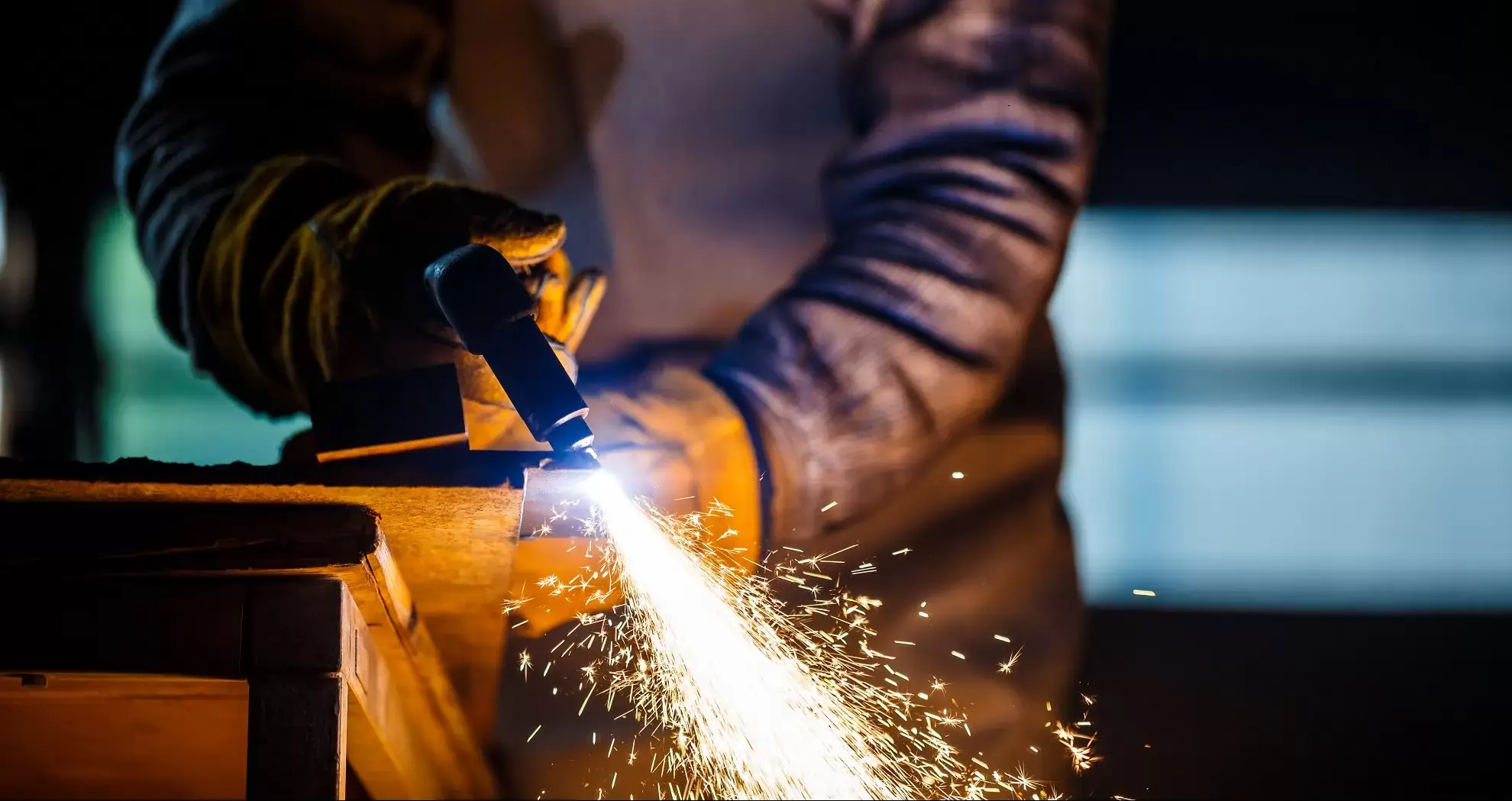
Before metal plates, railings, pipes and other common metal elements are processed, they are often cut to size. In addition to mechanical and manual methods using flexible or sheet metal cutting tools, plasma cutting is also an option. A plasma metal cutter can be used to quickly and precisely cut thick layers of metal using high temperatures. The cutter allows you to work in even tight or narrow spaces, letting you process metal in virtually any position.
- Plasma cutting – how does it work?
- Which metals is plasma cutting good for?
- Other than compressed air, does plasma cutting require any other gas?
- What should you watch out for when working with compressed air?
- Safety measures during plasma cutting
- What should you pay attention to when buying a plasma cutter?
Plasma cutting – how does it work?
Cutting with plasma requires a source of compressed air, such as a compressor. Some cutters have built-in compressors, enabling use without an external source of compressed air. After the arc is struck, the compressed air creates a plasma arc capable of cutting thick layers of metal at temperatures as high as 30000°C. The plasma arc passes through a nozzle cooled by gas or water, which accumulates the energy needed to melt metal. The strength of the plasma arc depends mainly on the current. The higher the intensity, the deeper the indentation in the metal layer (from 0.5 mm to 160 mm).
Compressed air not only creates plasma and cools the ceramic burner nozzle, but also stops the cutter from sticking to the metal. The plasma cutter compressor blows into the groove so that the hot molten metal does not settle on the weld and the groove itself prevents it from sticking back together. The plasma arc creates a V-shaped gap.
In order to obtain a rectangular cut, you should use a plasma cutter with a narrower inlet. Machines intended for high-precision metal cutting are often used in industrial construction. Advanced nozzle systems built into plasma cutters are responsible for transferring gases such as oxygen (O2), which are commonly used to process structural steel. For plasma cutting stainless steel, a mixture of argon and hydrogen (Ar/H2), or nitrogen (N2), can be used. In addition to more accurate cuts, the cutters also allow for cleaner edges and higher cutting speed.
Which metals is plasma cutting good for?
A plasma cutter can help you easily cut conductive metals, such as steel, aluminium or copper. The auxiliary arc between the nozzle and the electrode is activated first, with a high-frequency ignition. The auxiliary arc is charged with relatively little power, but when it touches the metal being processed, the power automatically increases to a sufficient value for cutting. In addition to simple metal surfaces, the auxiliary arc is used for cutting metal netting and even fences. It does not need to be in constant contact with the welded item.
Other than compressed air, does plasma cutting require any other gas?
Compressed air is usually sufficient for conventional plasma cutting. However, additional secondary gases can be used, which should then be adapted to the metal being processed. The so-called “rectangularity” of the surface to be cut can be improved by integrating certain gases into the cycle. The chemical properties of plasma cutting gas can significantly influence the quality of the cut’s edges and determine the level of effort required.
What should you watch out for when working with compressed air?
The pressure of the air is crucial, usually in the range of 4 to 5.5 bar. In addition to the appropriate pressure, the compressor must also provide the required amount of air. However, this depends on the type of cutter. For example, the Stamos S-Plasma-85H model requires 175 l/m. This is the minimum value required to keep it running at the right speed. For optimal configuration of the plasma cutter, it is equipped with a pressure gauge and pressure reducer. Sometimes they are equipped with built-in compressors. The compressed air supply is then automatically adjusted to the cutting process, so there is no need to adjust the pressure manually.
Safety measures during plasma cutting
Plasma cutters make cutting metal relatively quick and easy. However, before starting any work, you should pay attention to a few safety measures with regards to the high temperatures and voltage inside the equipment. Above all, you should wear appropriate protective clothing.
A face shield is necessary to protect against sparks and bright arches, and let you get close to the cuts you are making, despite weakened visibility, ensuring maximum control and precision. You can also use protective helmets as worn by most welders. Welding helmets should always be held with one hand, which is a bit of a drawback. However, they are absolutely essential when welding objects that require constant attention.
Wearing welding gloves is also important, not only because of the sparks, but mainly because of the powerful heat. When making plasma cuts, touching the work piece with your bare hands can be very dangerous! Additionally, you should wear a welding apron to protect yourself from the sparks and hot metal. Pay special attention to the environment and the surroundings, and store flammable materials and substances at a safe distance. In public areas, passers-by are also exposed to the dangers of welding, such as direct visual contact with the welding arc. A protective wall separating the workplace from the surrounding area will help prevent this.
What should you pay attention to when buying a plasma cutter?
You can choose between 400V and 230V. Cutters with 400V allow for plasma cutting with a higher current and processing thicker sheets. However, not all plug sockets will support 400V. Plasma cutters with a voltage of 230V can be more practical because of the standard voltage.
Cutters with cables at least 8 metres long are much more convenient to work with, compared to those with 4 metre cables. This can positively influence the quality of work on large items, whether in the shipbuilding industry or on a building site.
Plasma cutters often have other integrated functions that can also be used for welding, allowing you to work with one device instead of two.
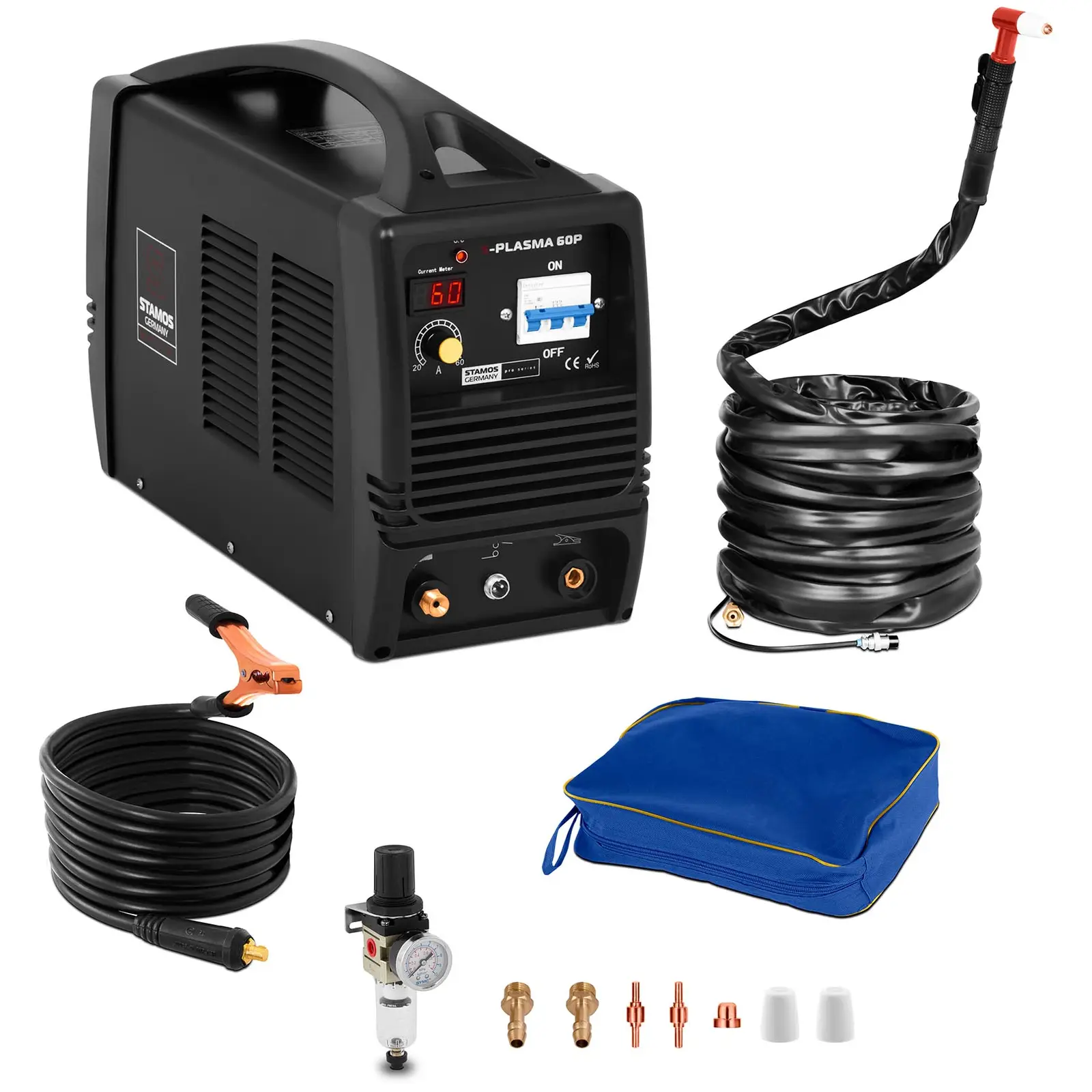

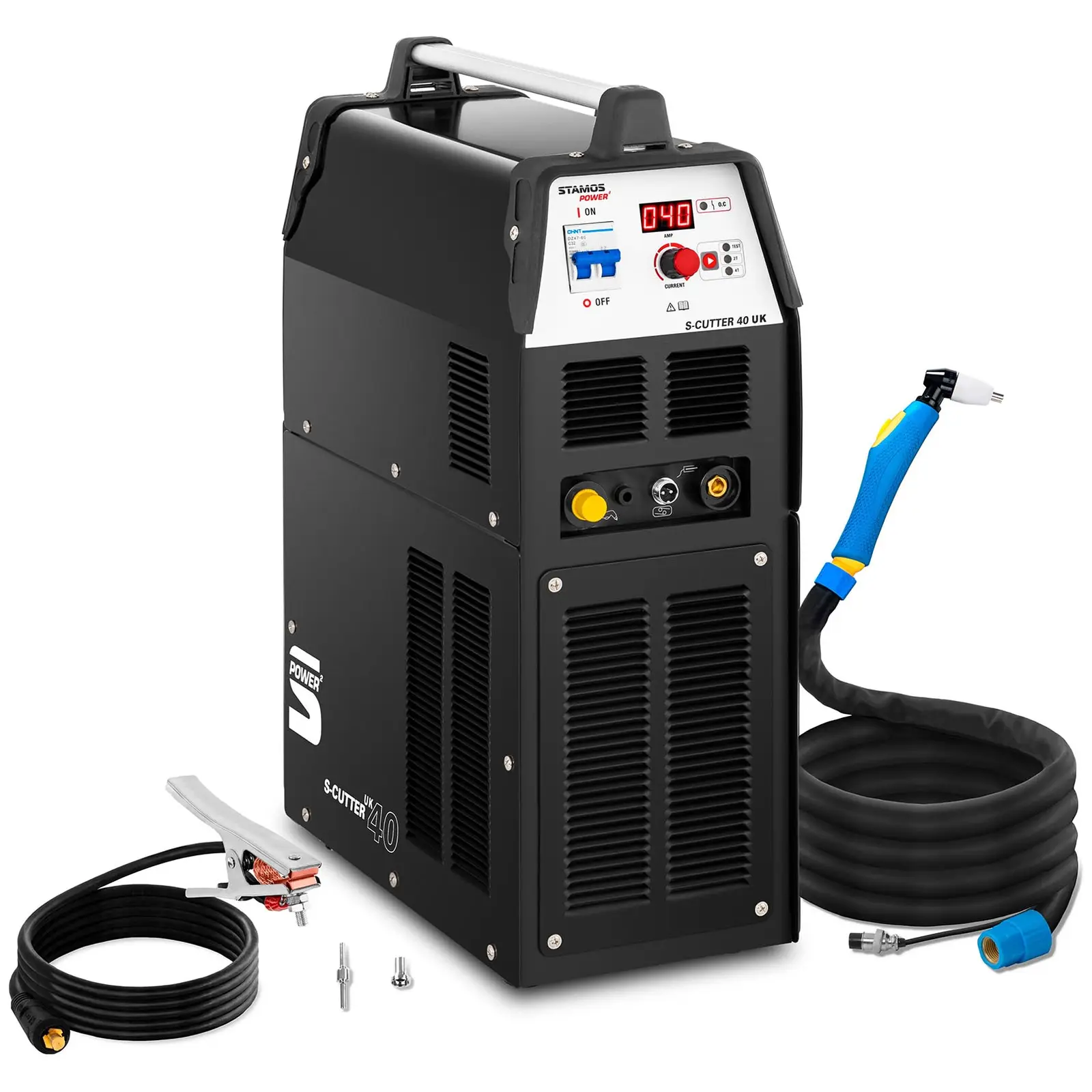
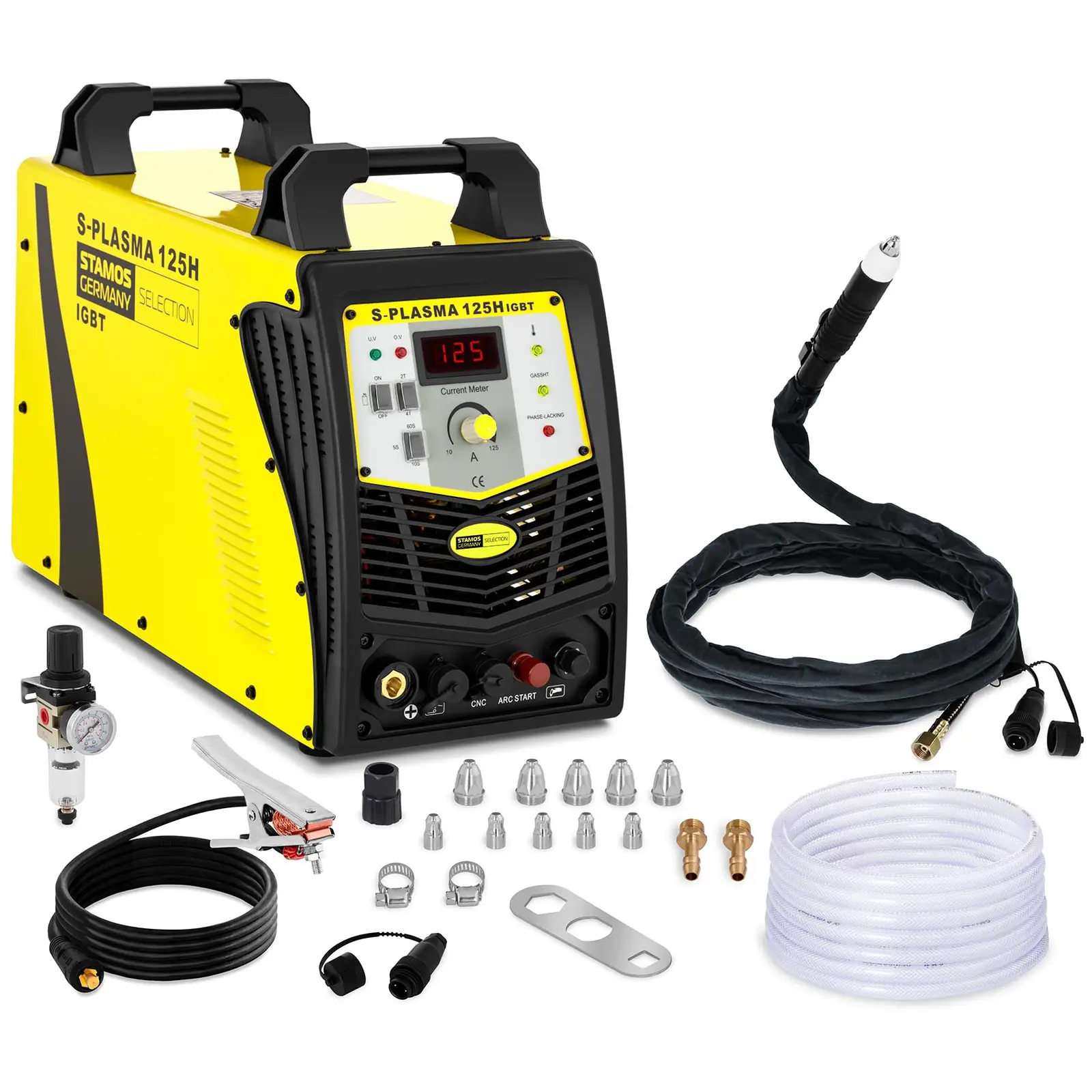
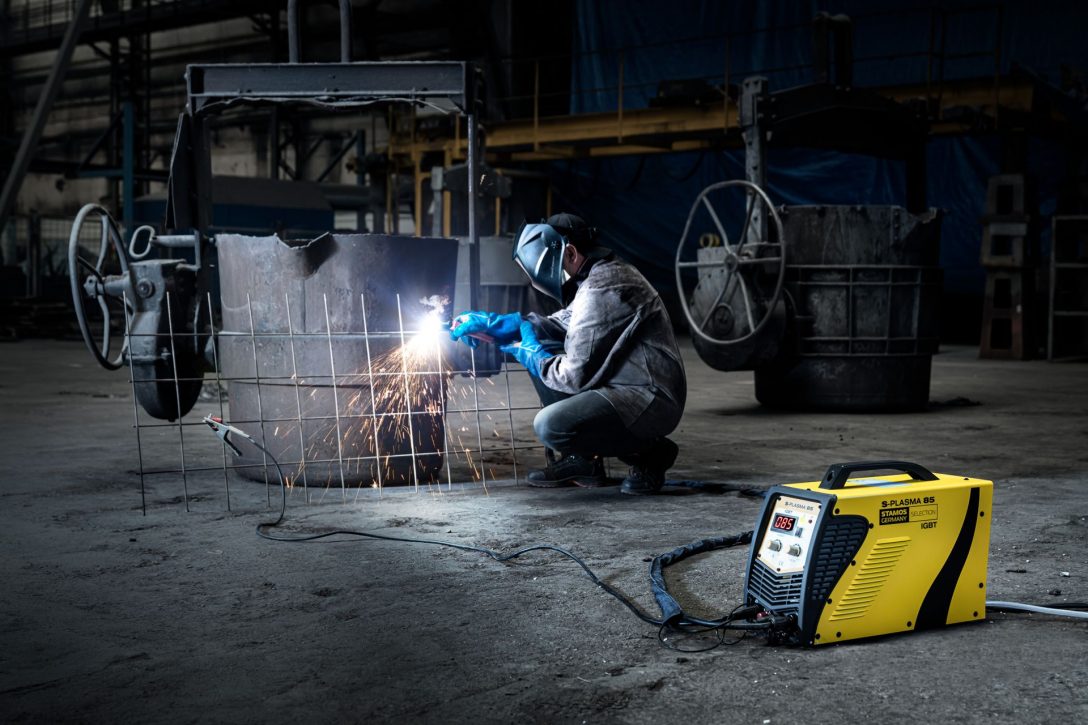
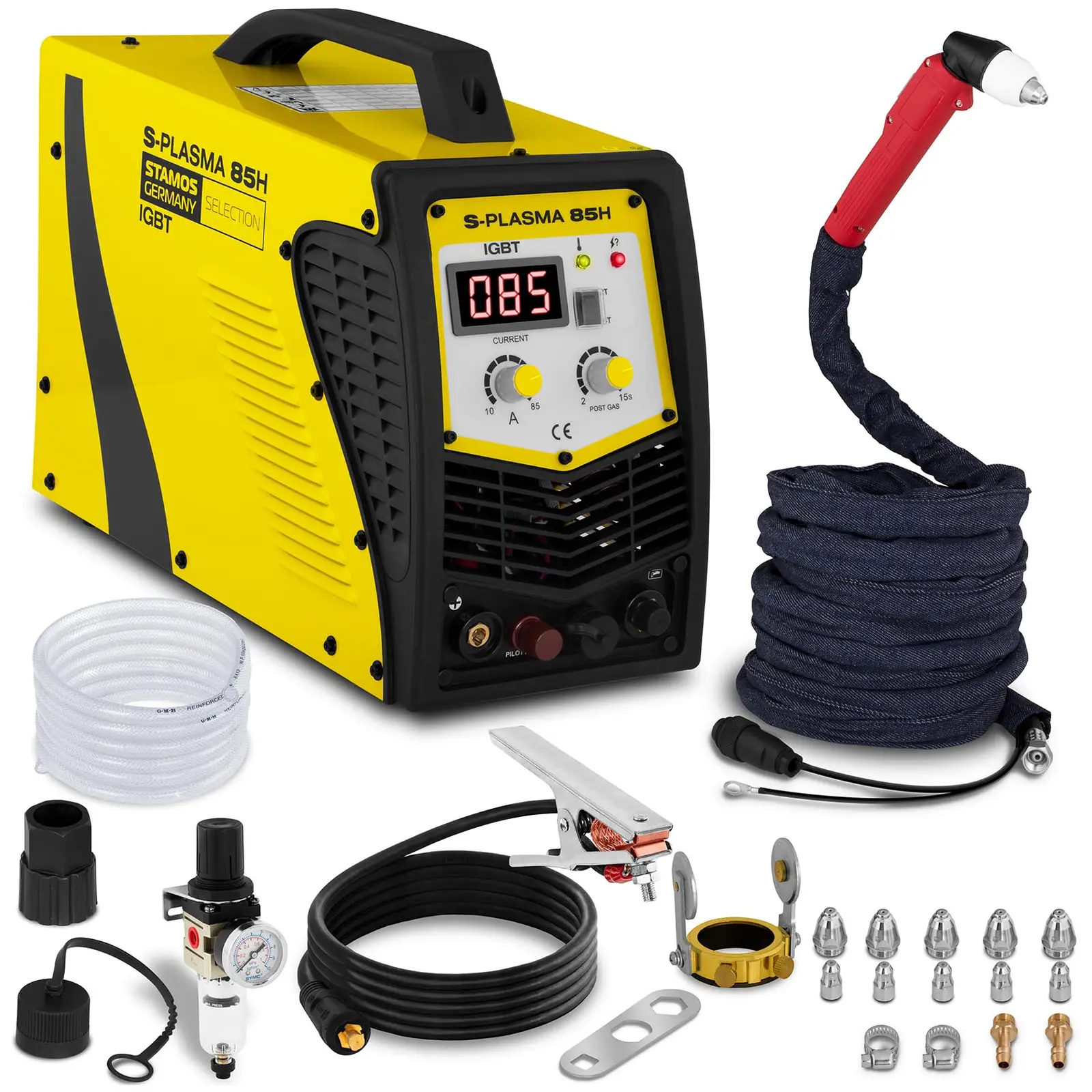
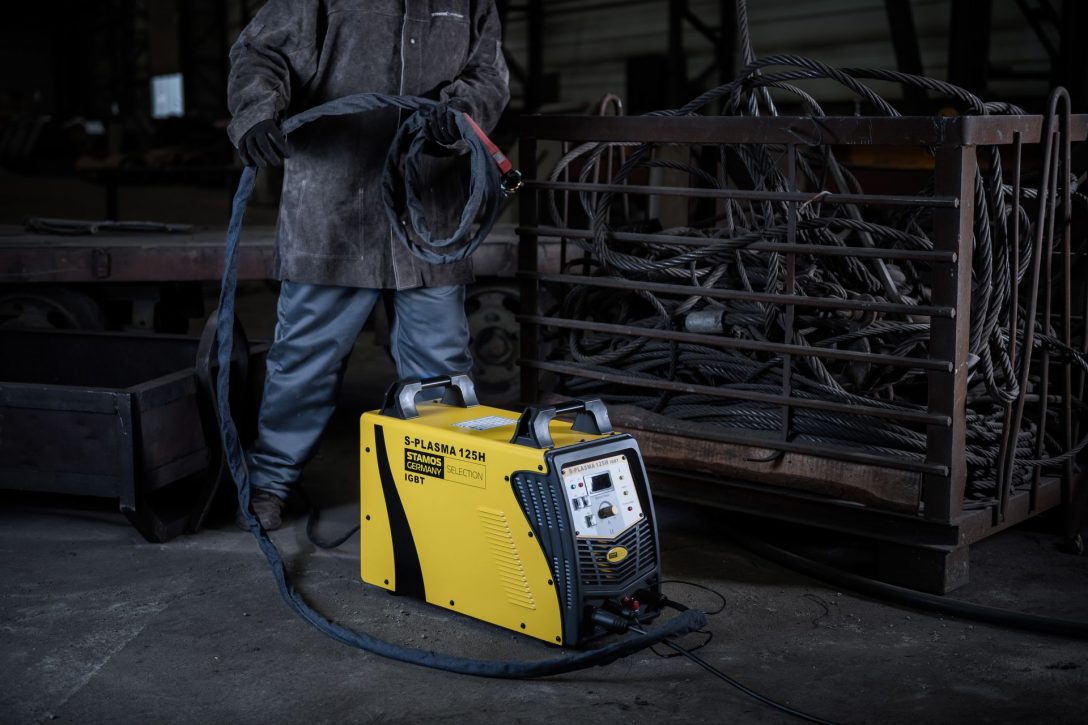
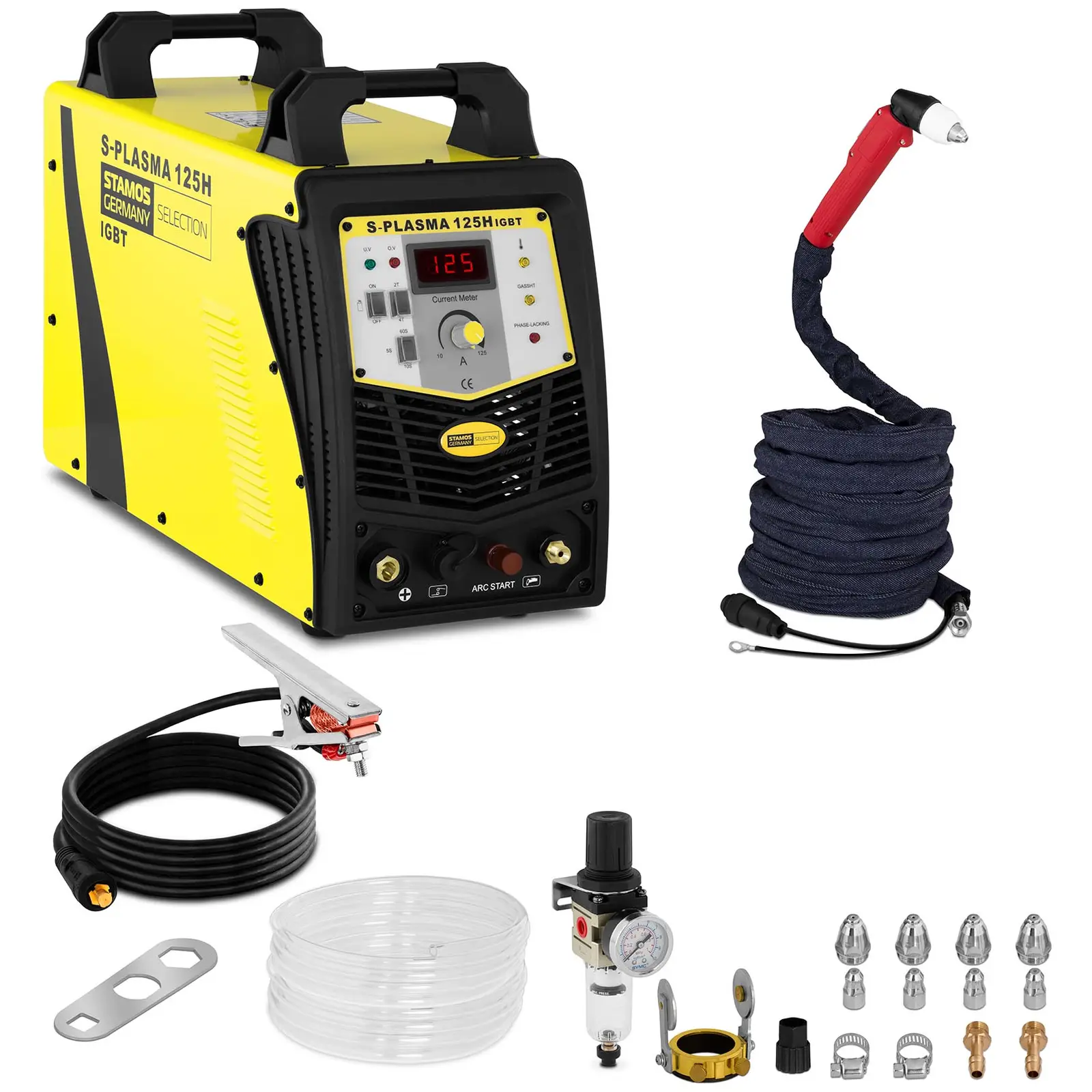

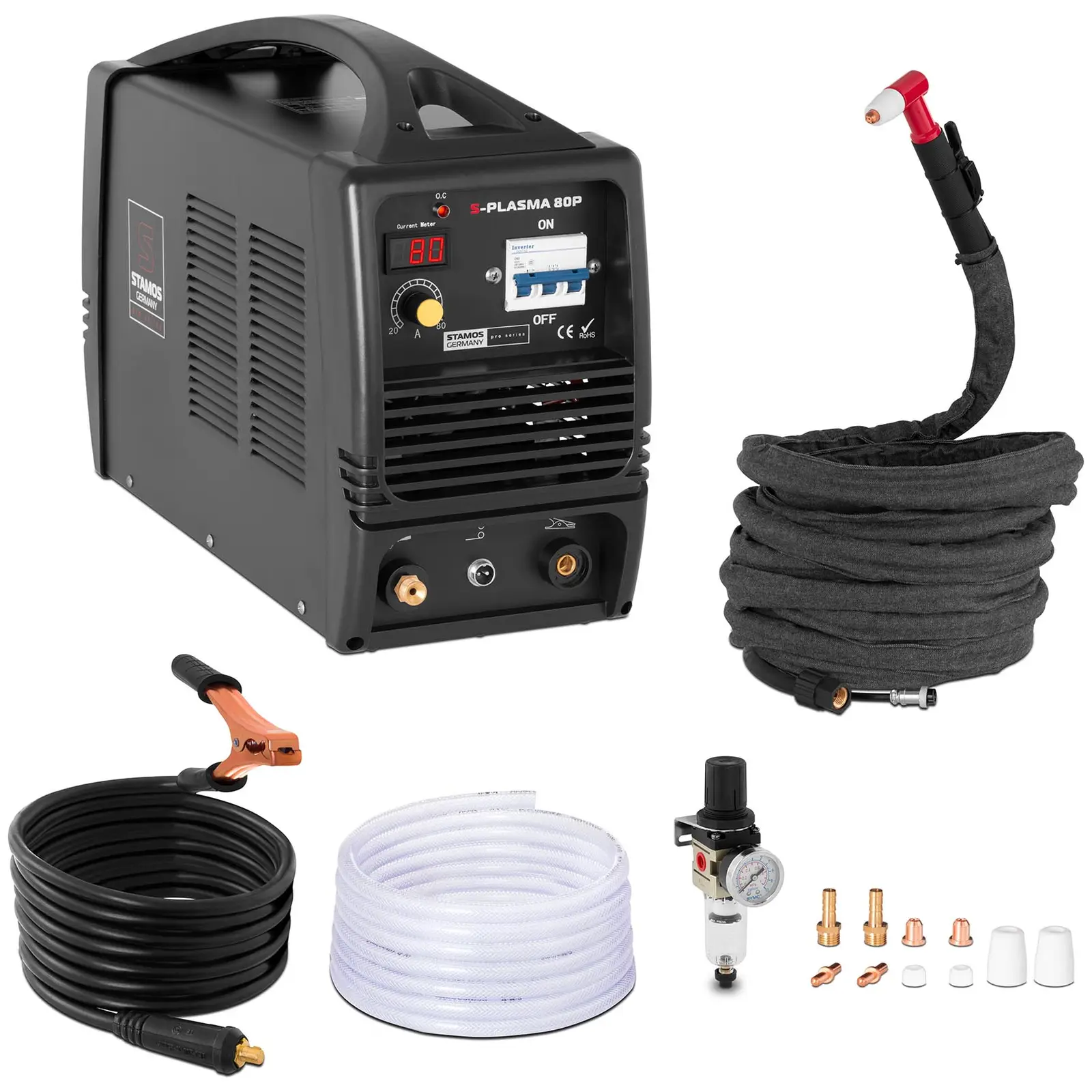



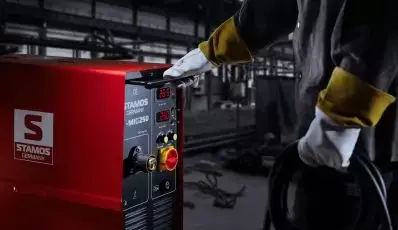
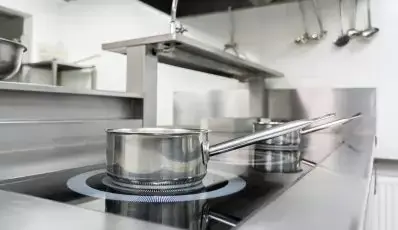

Share